The 2019 iGEM Competition is on the horizon and team registration opens this month. We’re excited to partner with the iGEM Foundation again this year and offer our support to the young scientists who participate. If you’re starting an iGEM project, there are going to be things you need along the way. We are pleased to share a number of different ways we can help your iGEM team from now until the Giant Jamboree.
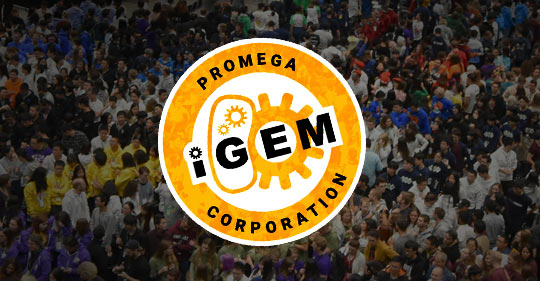
Grant Sponsorship
Tell us about your iGEM project and your team could win a 2019 Promega iGEM Grant Sponsorship. Ten winning teams will each receive $2000 in free Promega products to use for their iGEM projects. Tell us about your project—What problem are you addressing? What is your proposed solution? What challenges does your team face? Last year’s winning teams selected from a wide range of reagents and supplies, including master mix, restriction enzymes, ligase, DNA purification kits, expression systems, DNA ladders and markers, buffers and agarose. Click here to apply! Continue reading “It’s Almost iGEM Season—Help Is On The Way!”
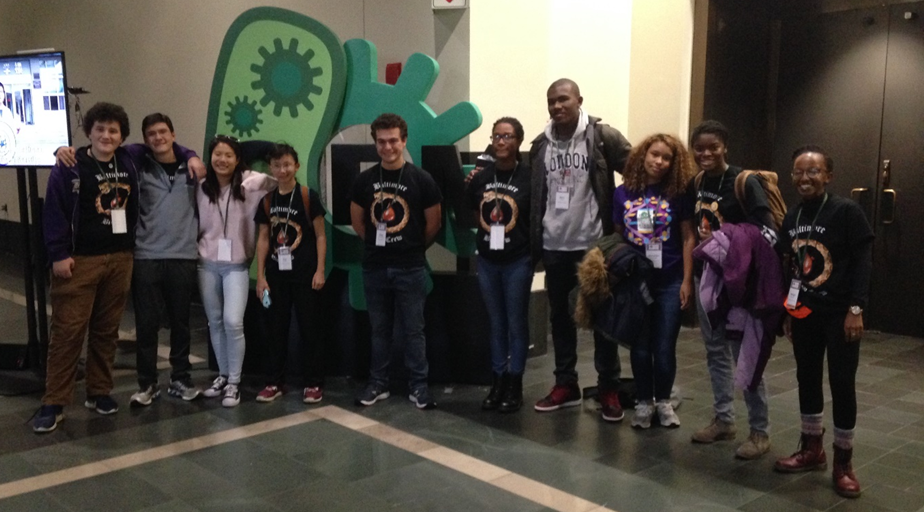

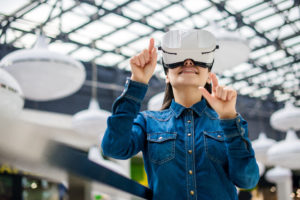
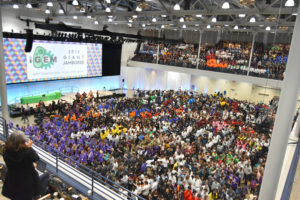
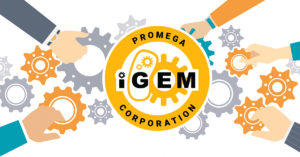
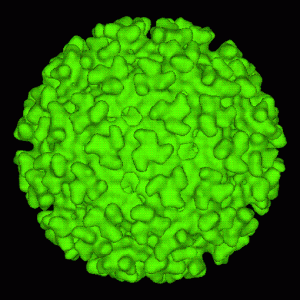

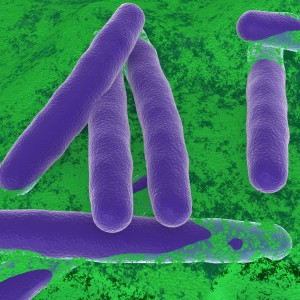
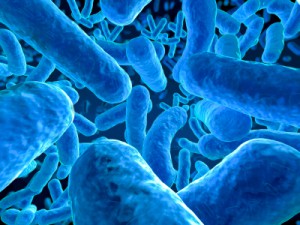 Every day scientists apply creative ideas to solve real-world problems. Every so often a paper comes up that highlights the creativity and elegance of this process in a powerful way. The paper “Programmable probiotics for detection of cancer in urine”, published May 27 in Science Translational Medicine, provides one great example of the application of scientific creativity to develop potential new ways for early detection of cancer.
Every day scientists apply creative ideas to solve real-world problems. Every so often a paper comes up that highlights the creativity and elegance of this process in a powerful way. The paper “Programmable probiotics for detection of cancer in urine”, published May 27 in Science Translational Medicine, provides one great example of the application of scientific creativity to develop potential new ways for early detection of cancer.